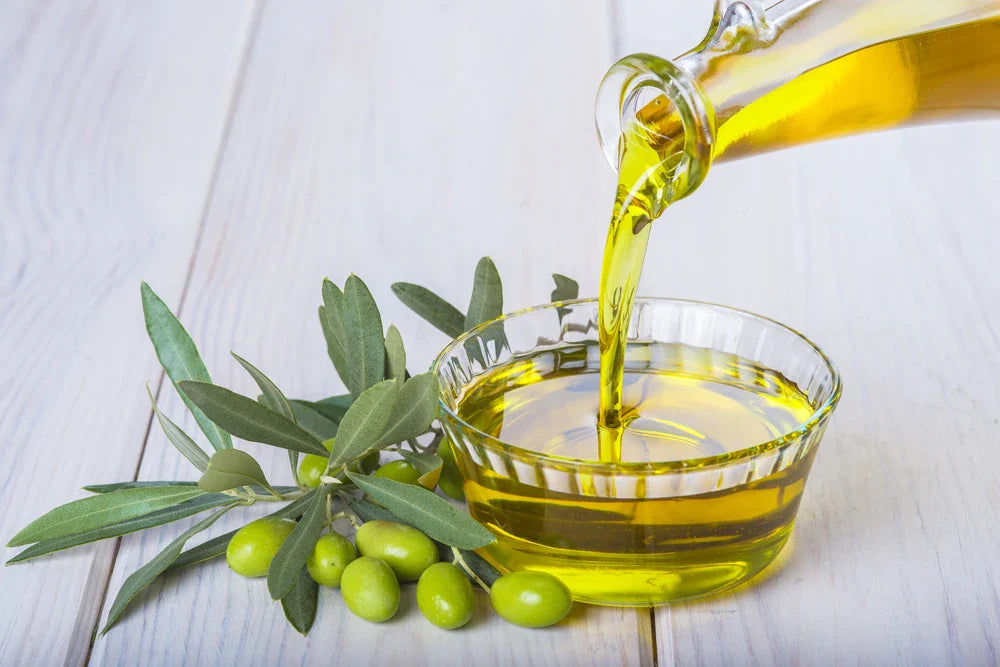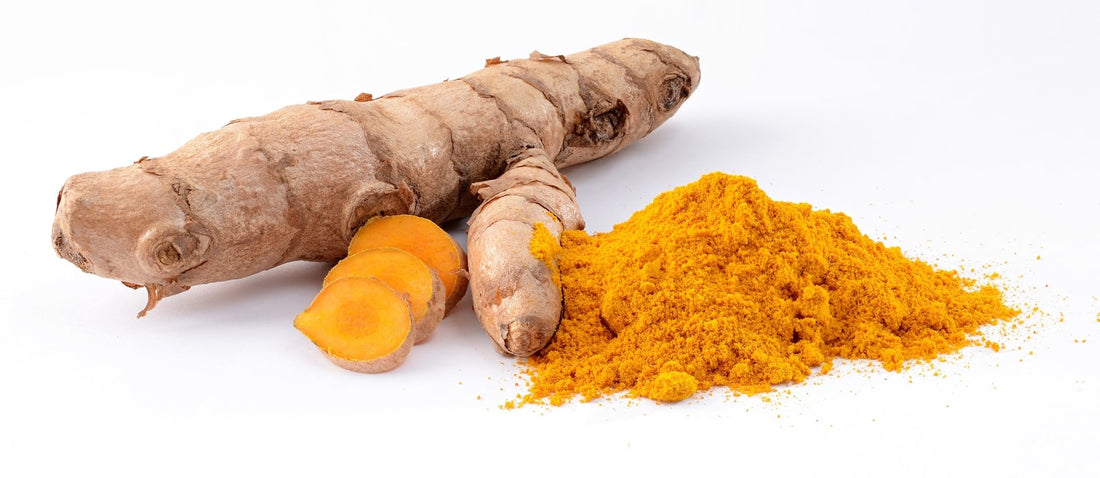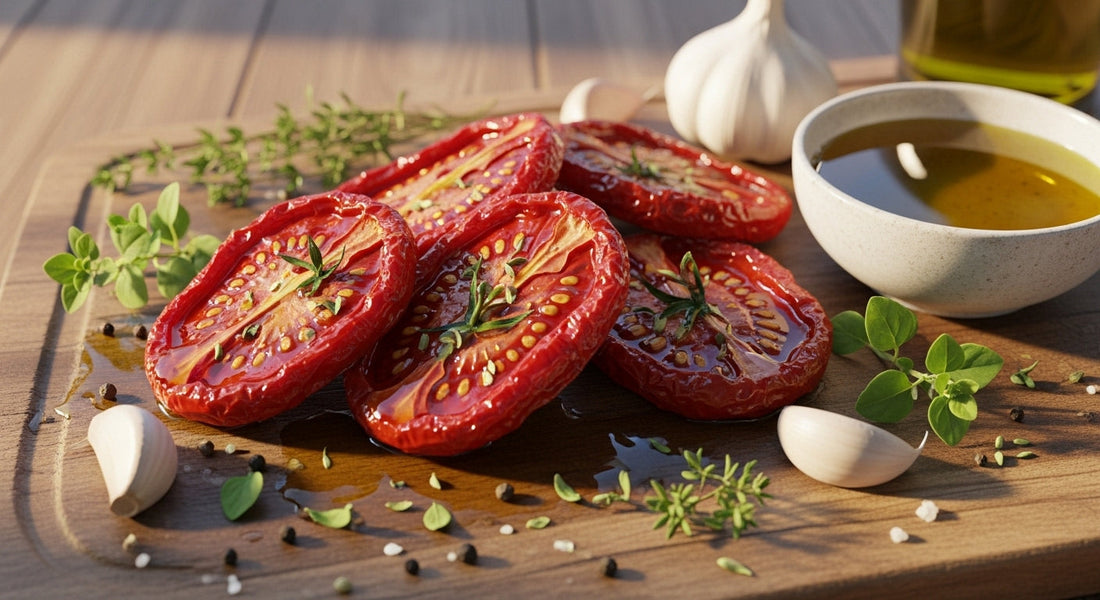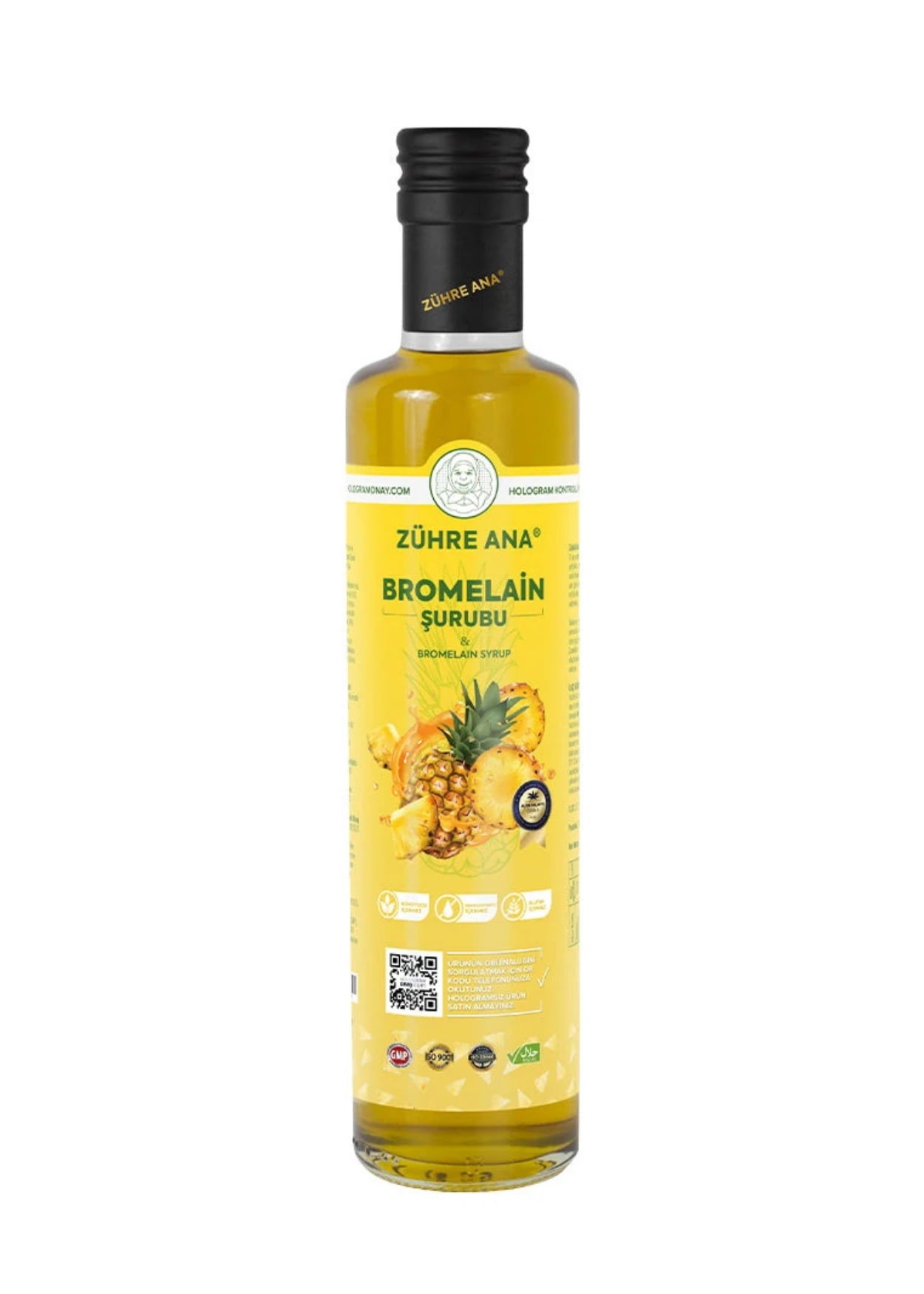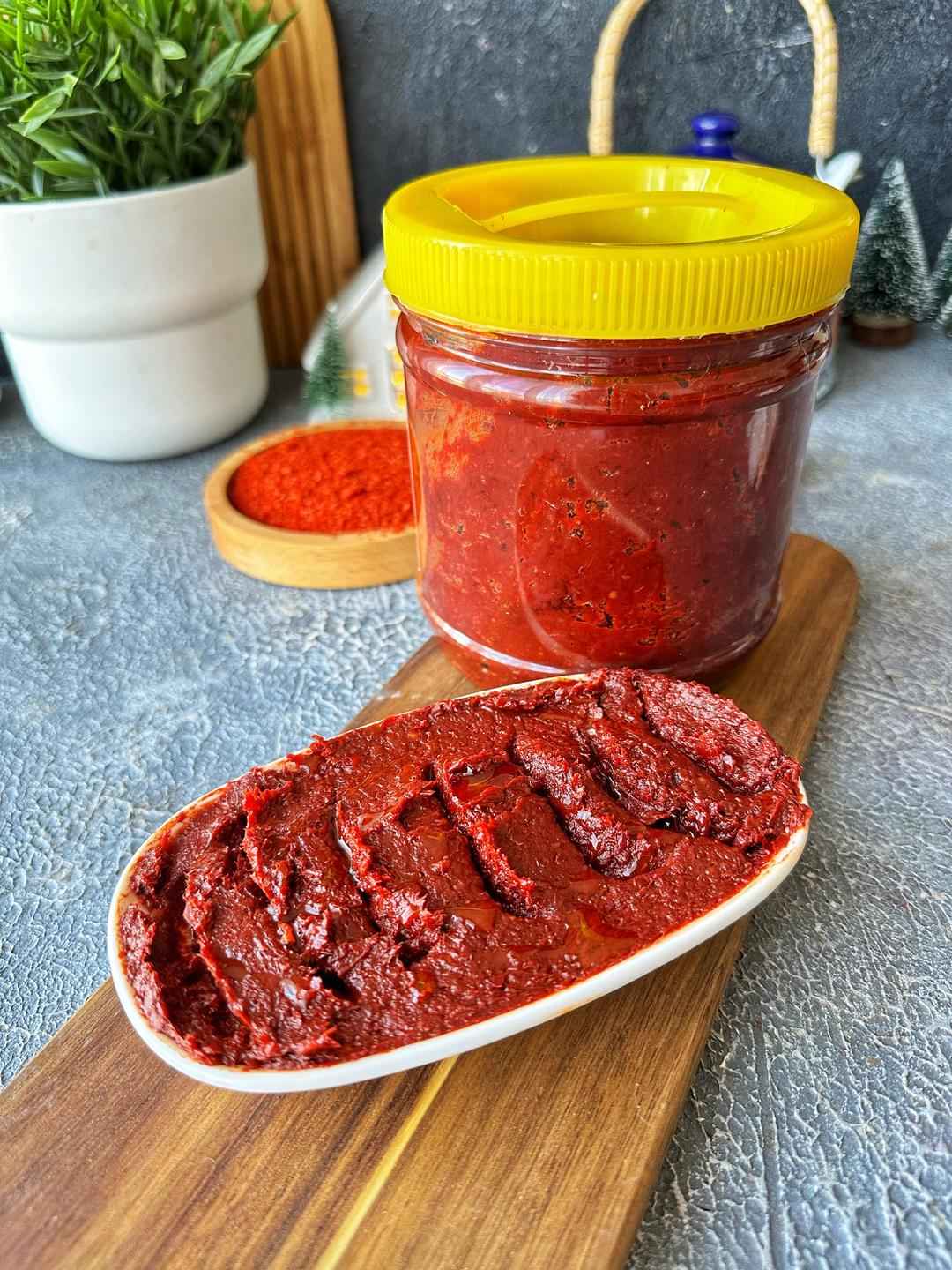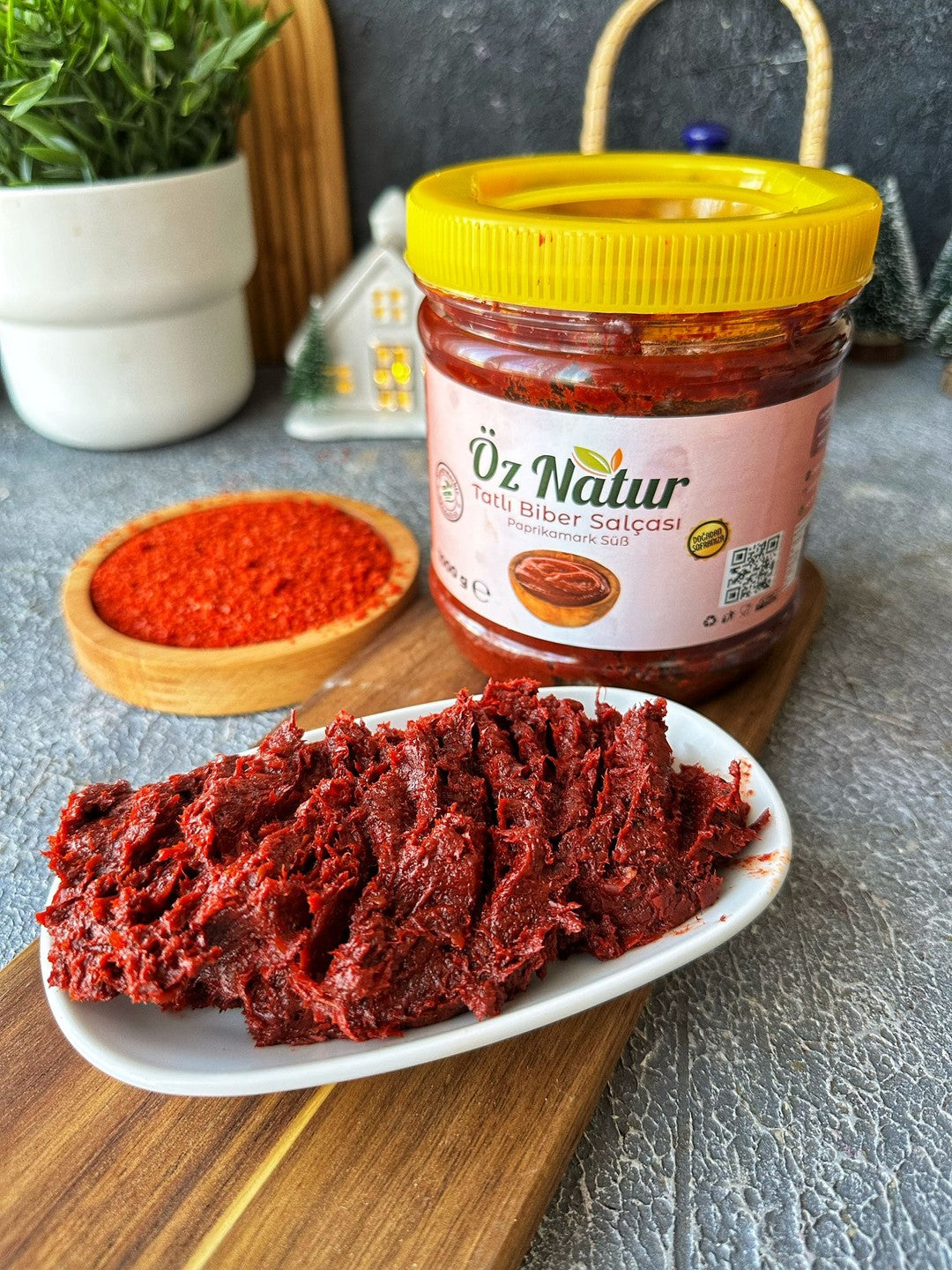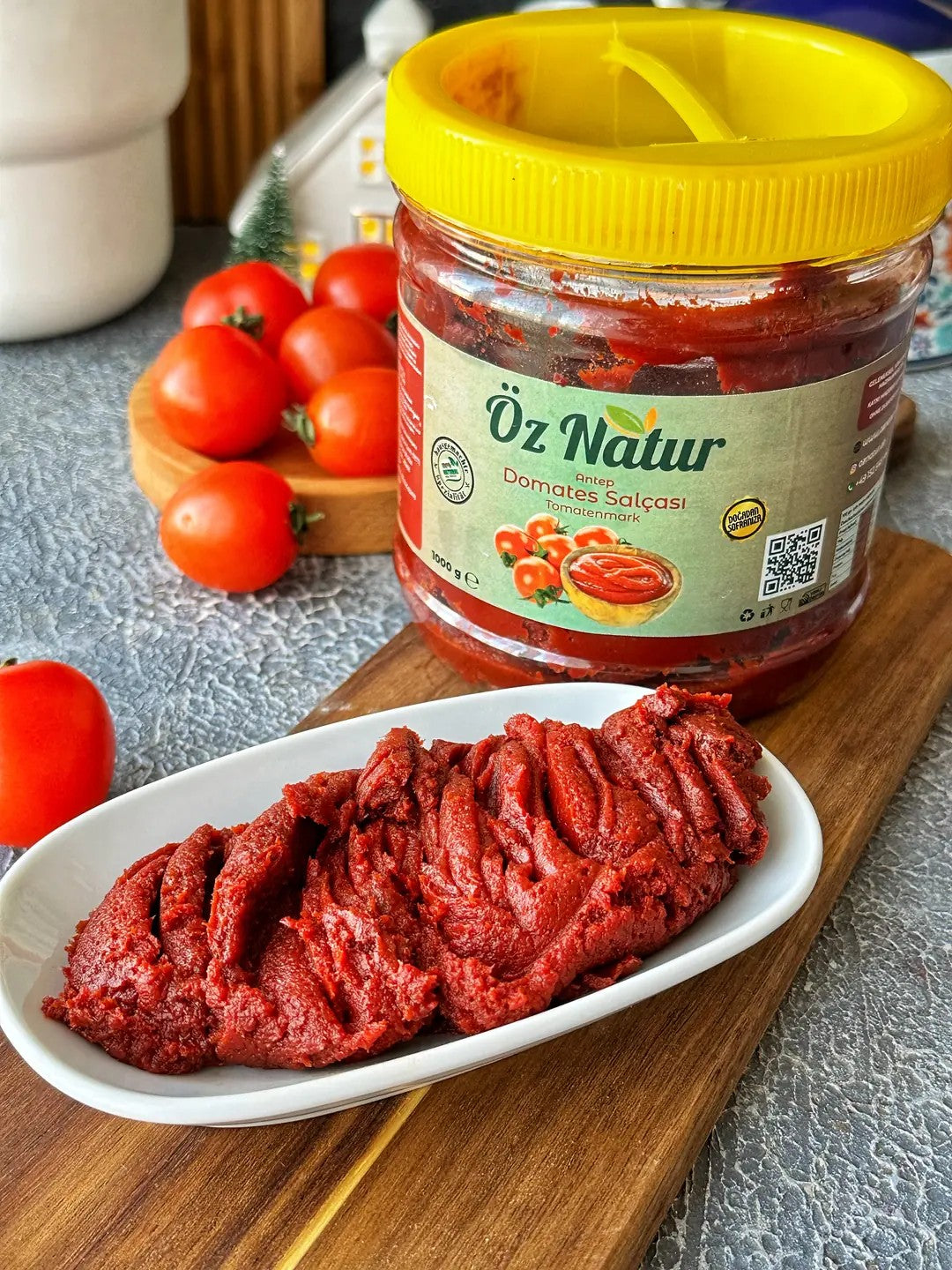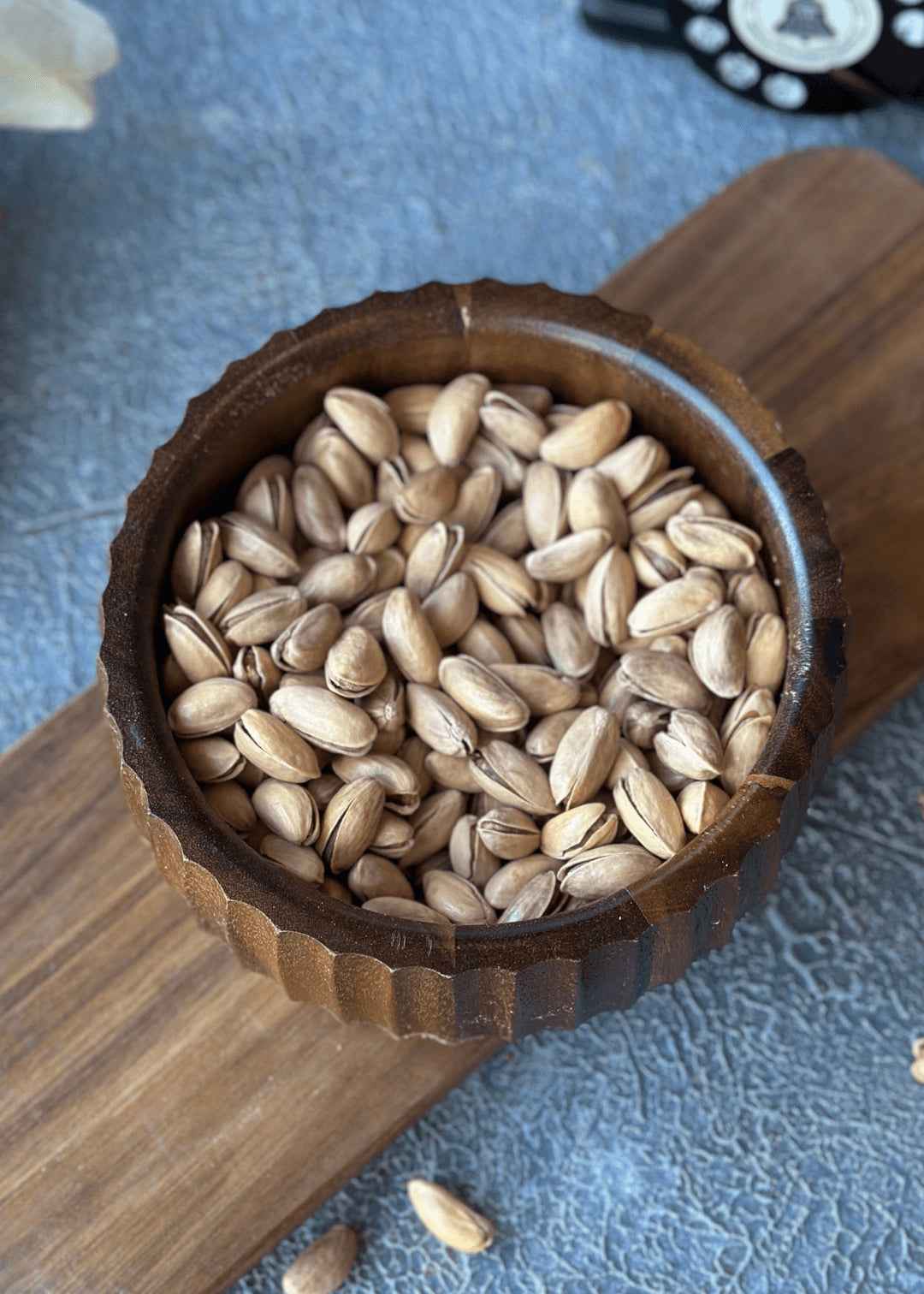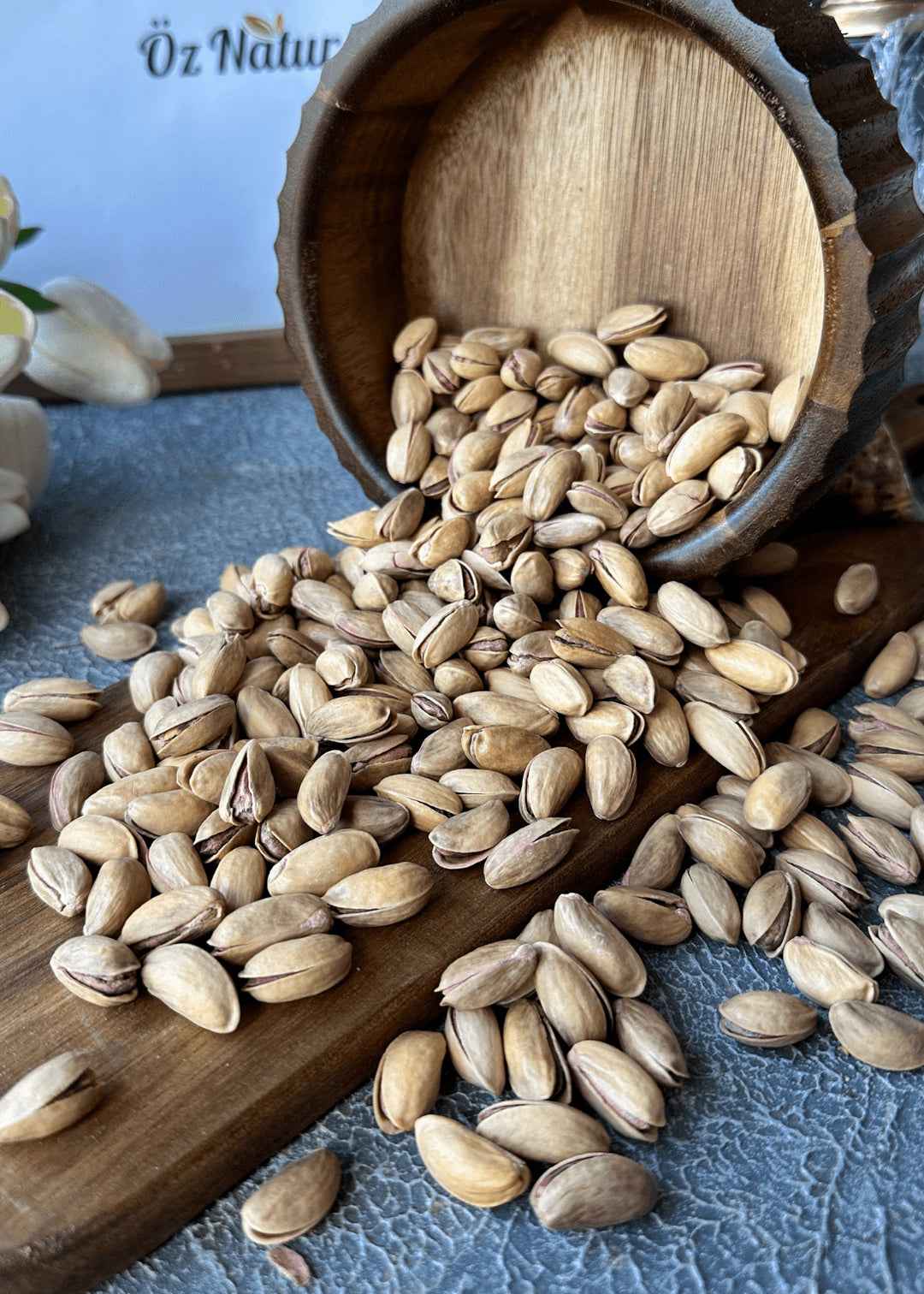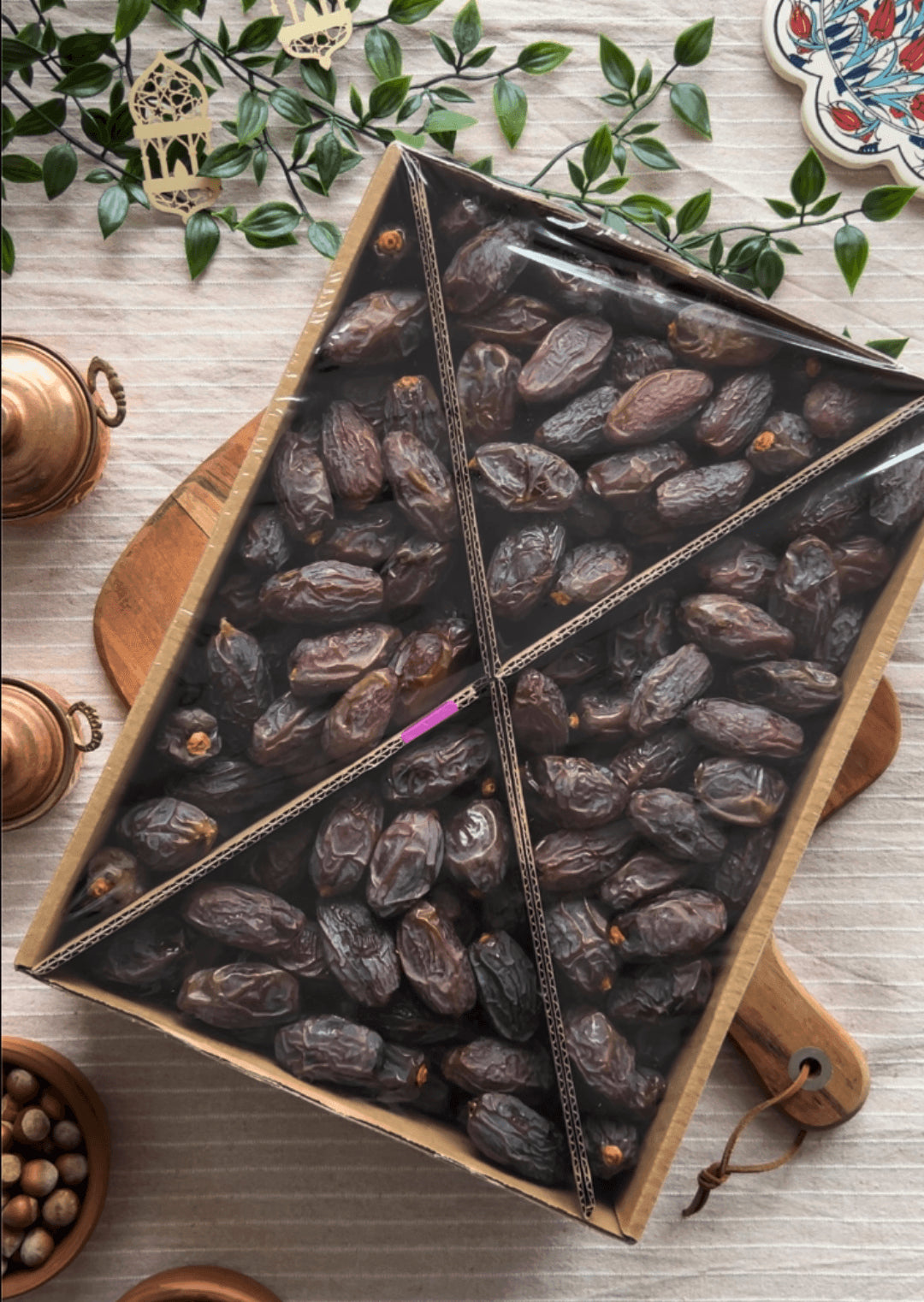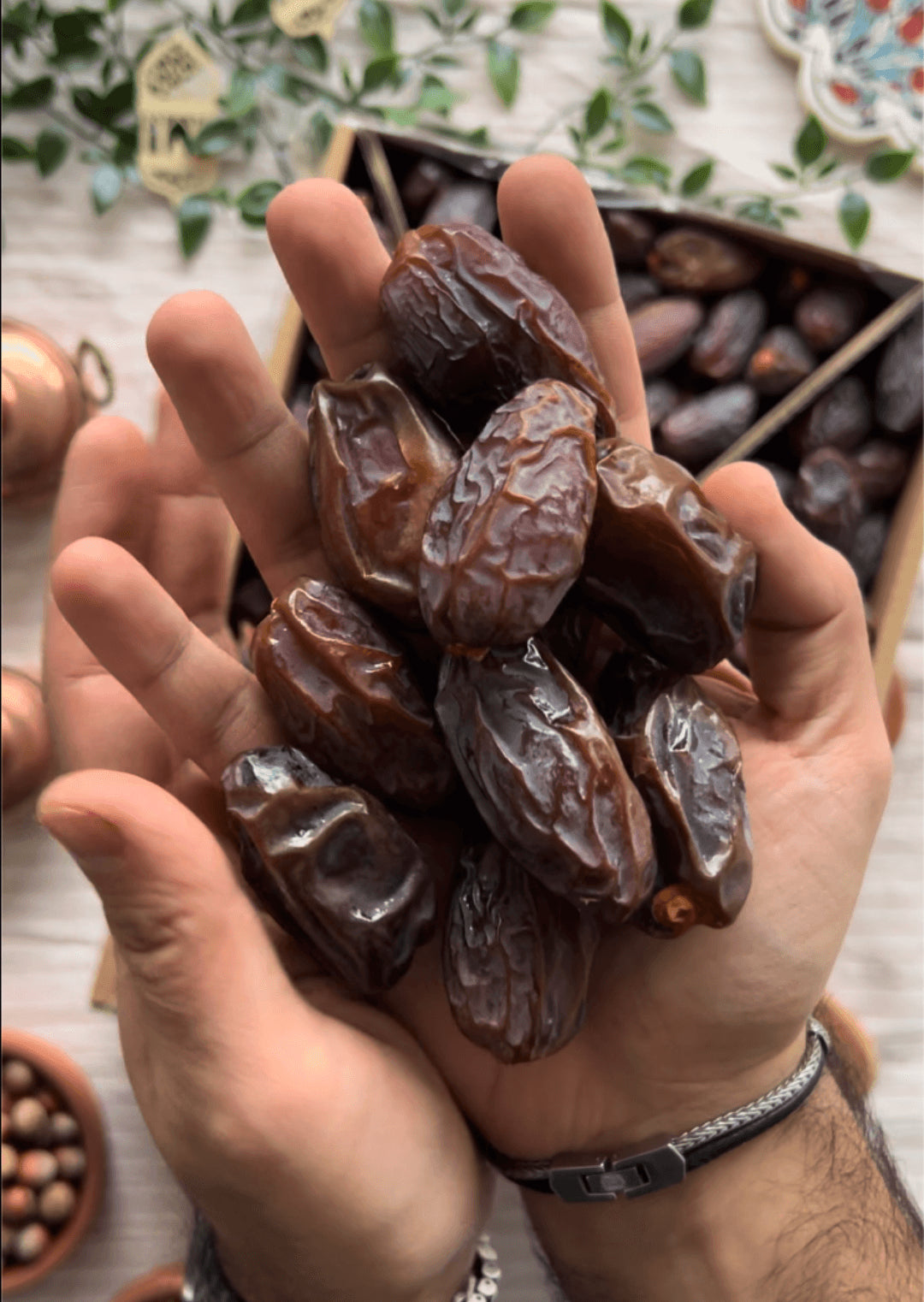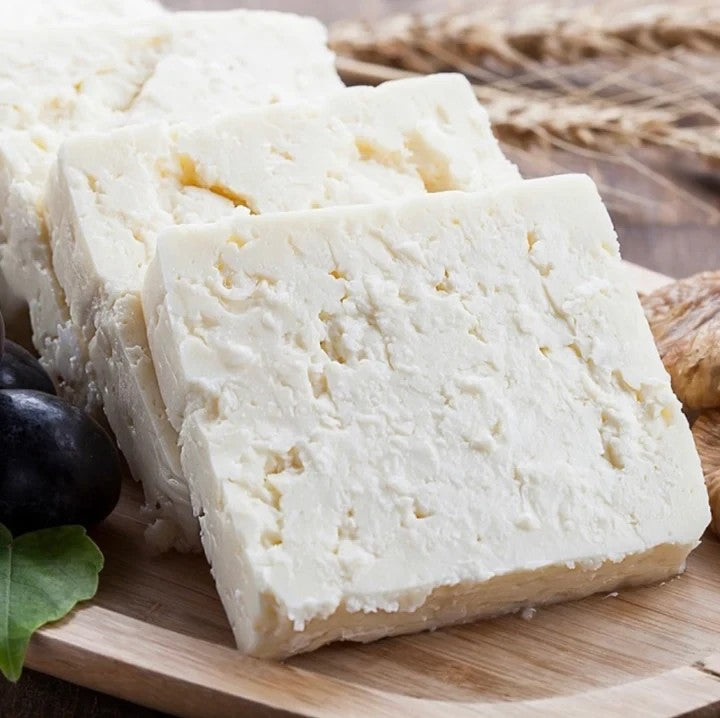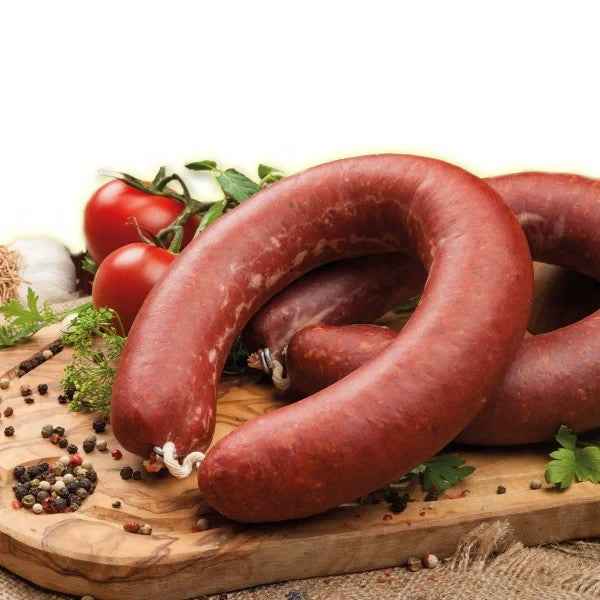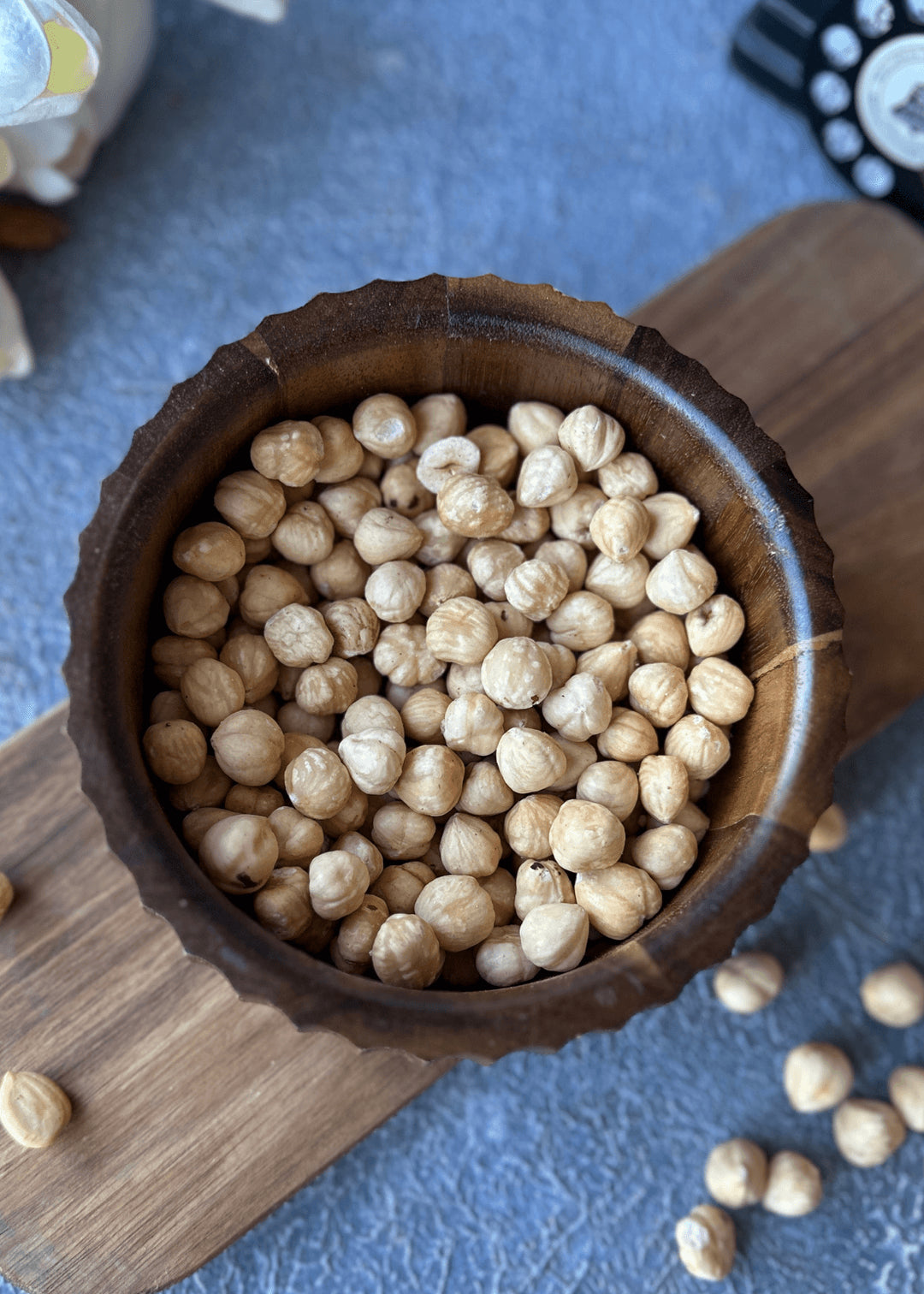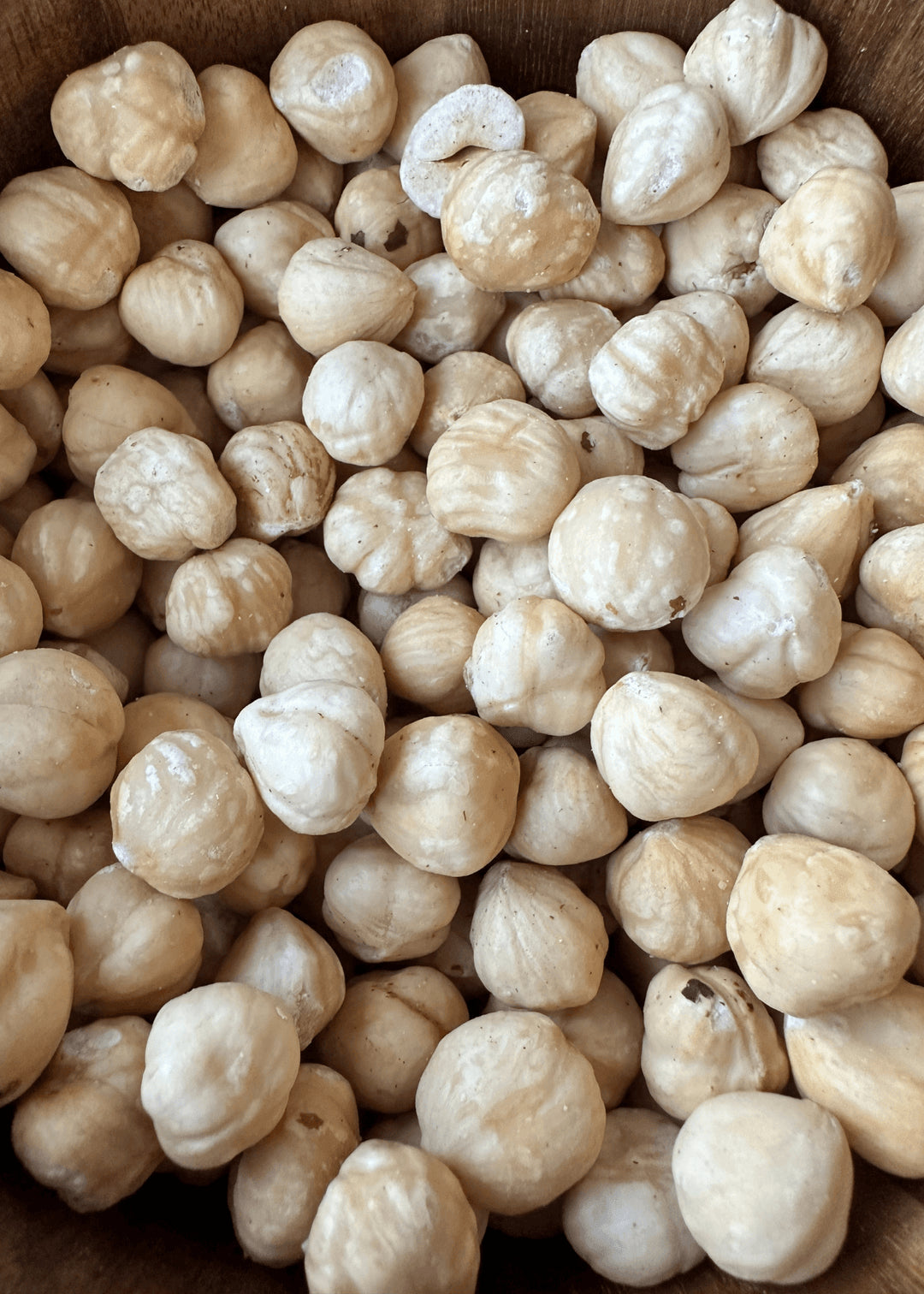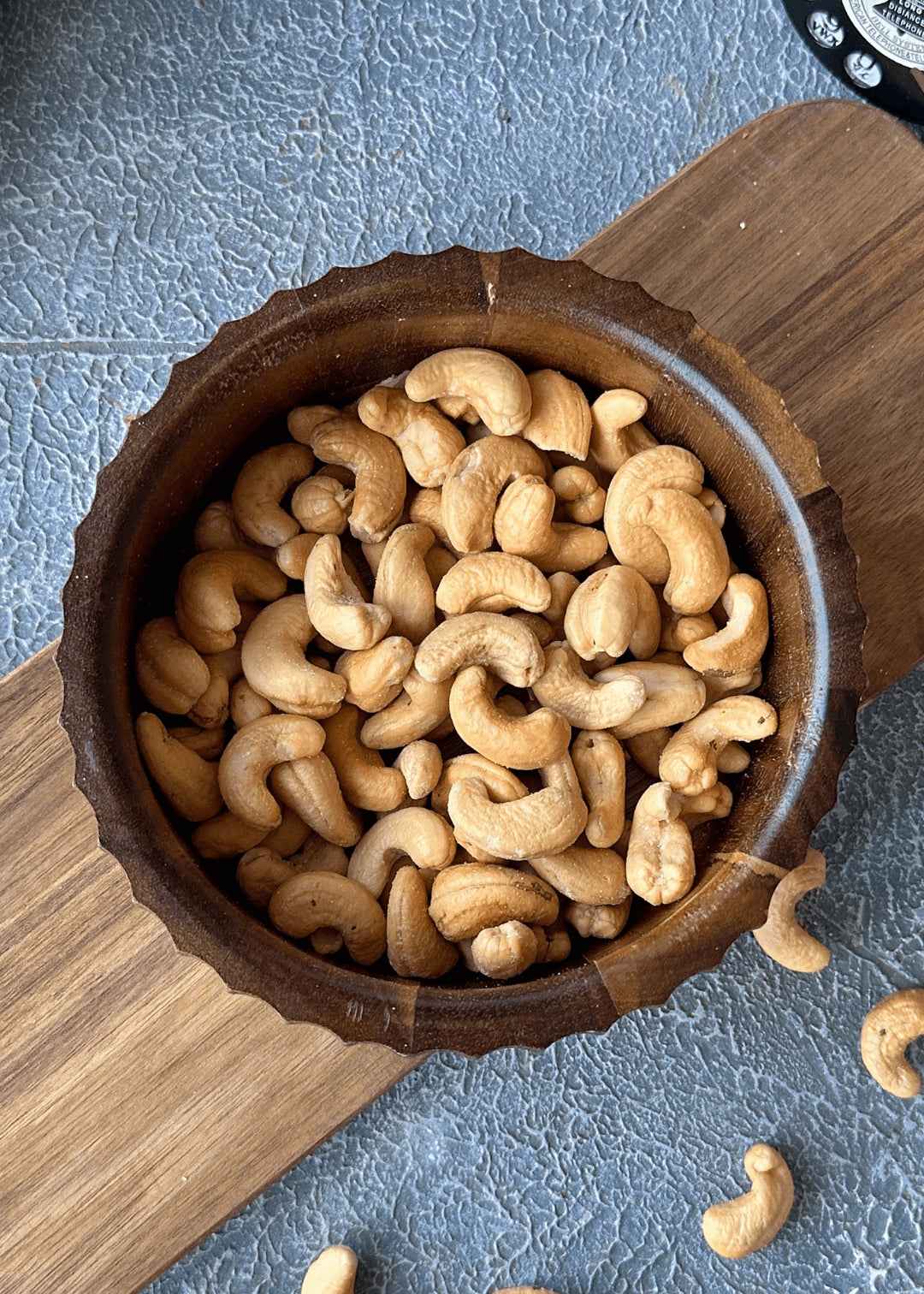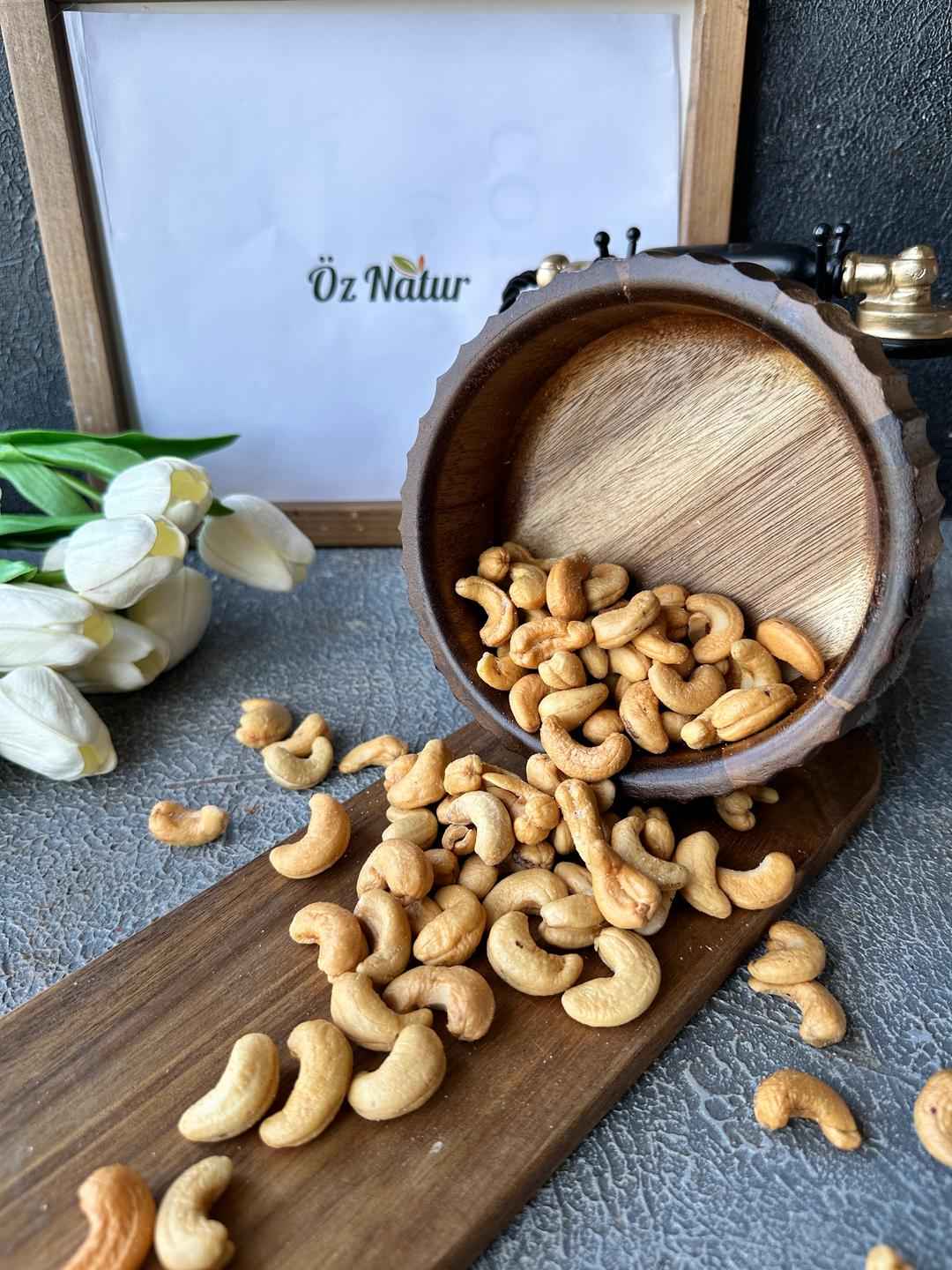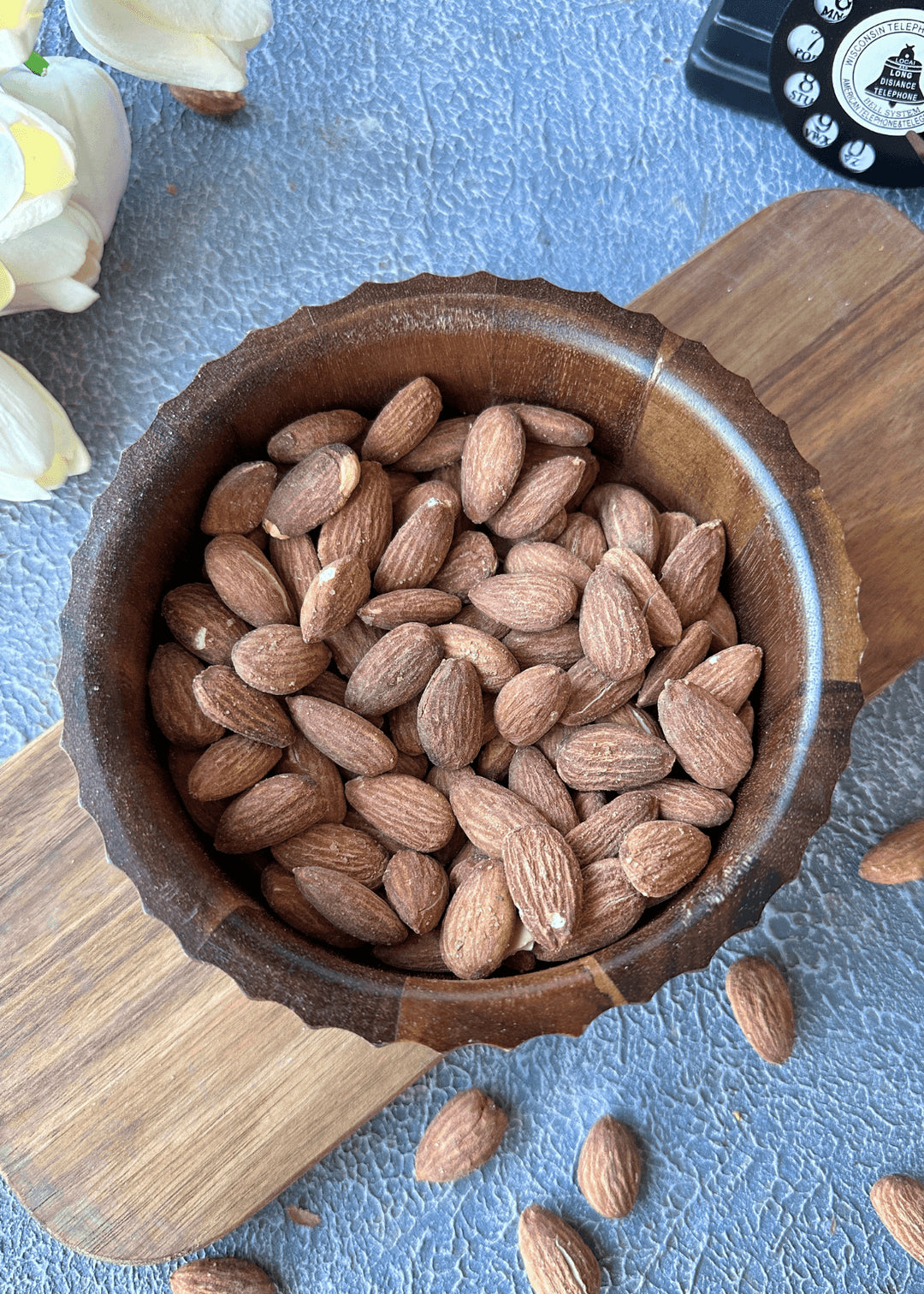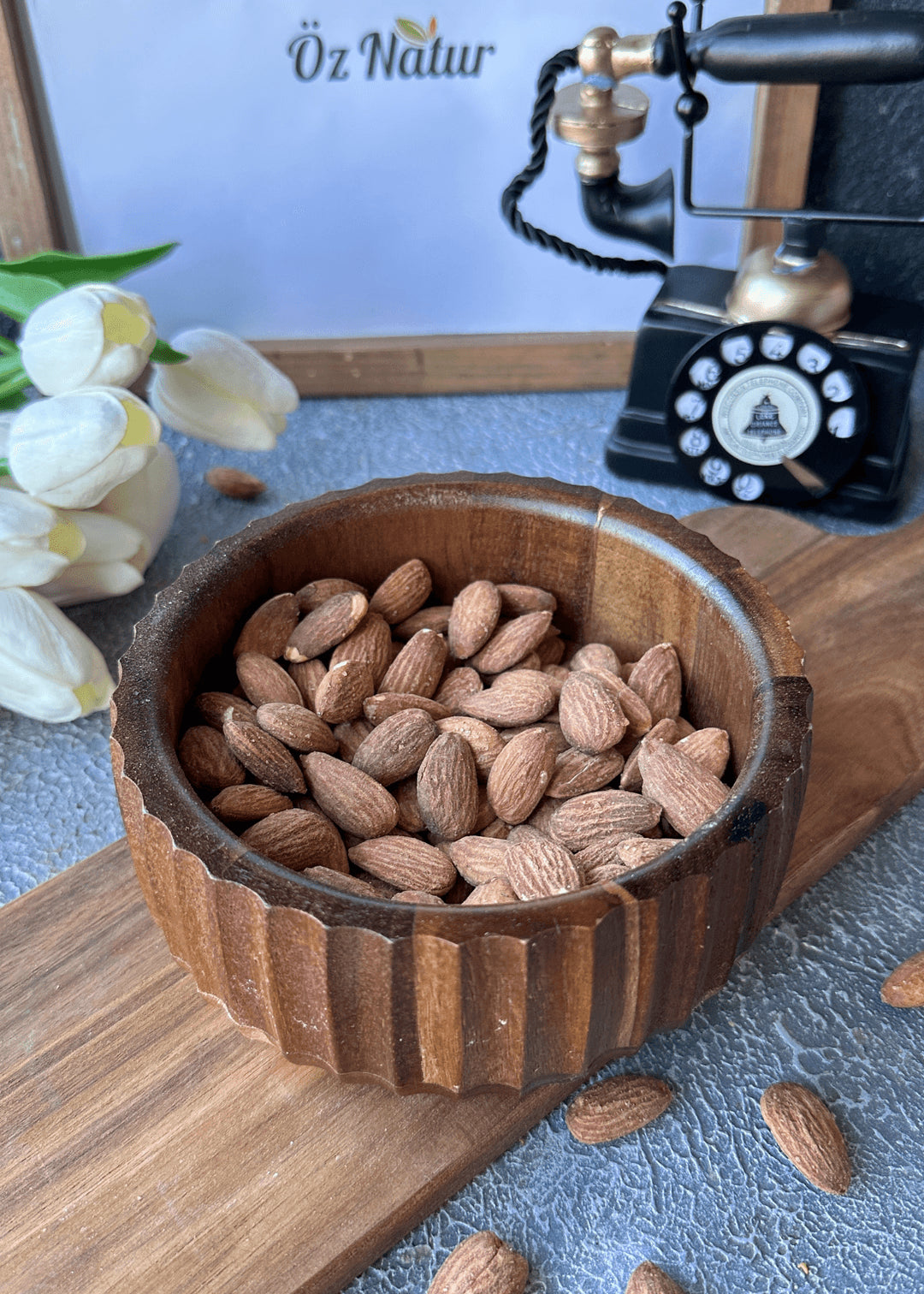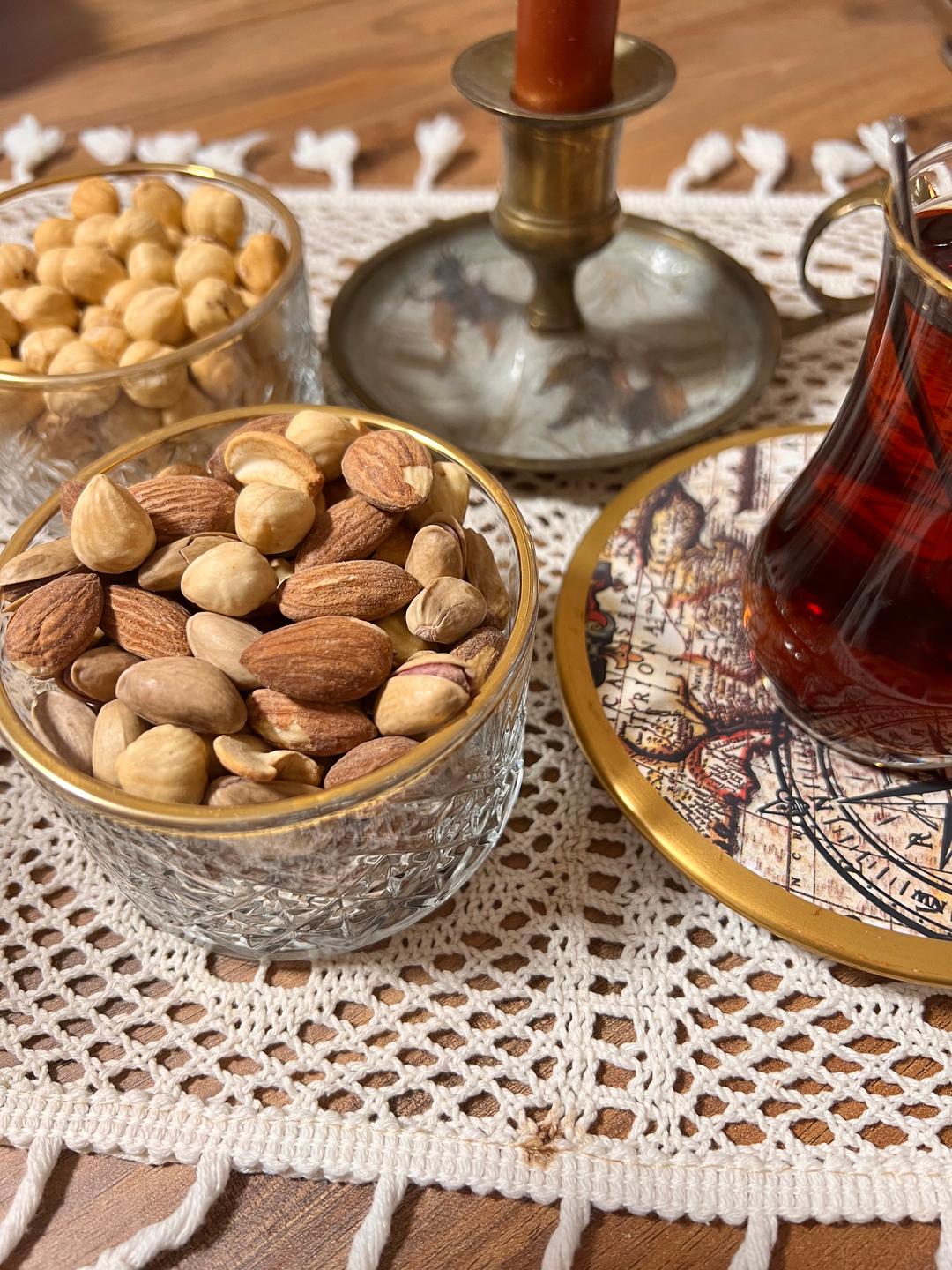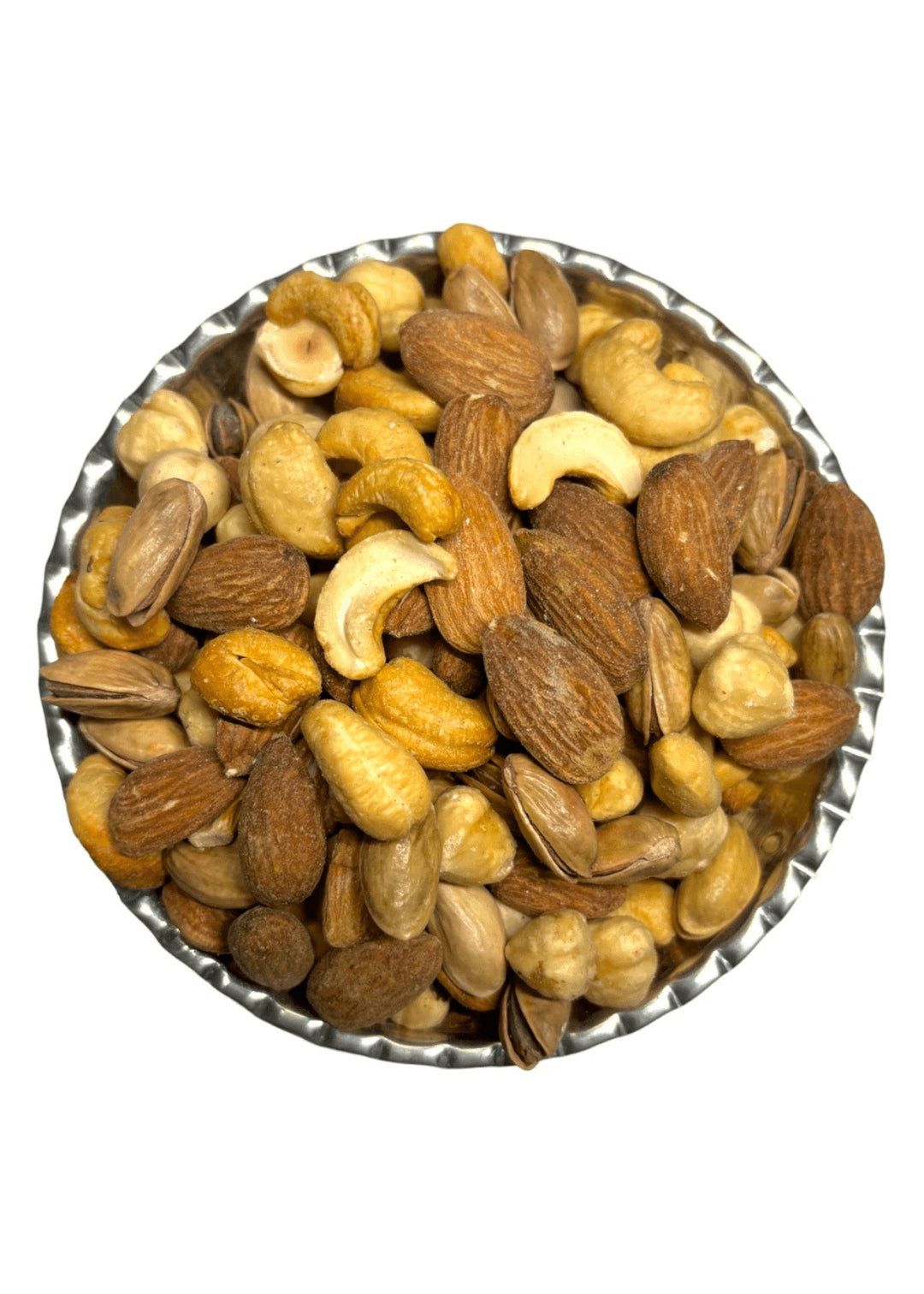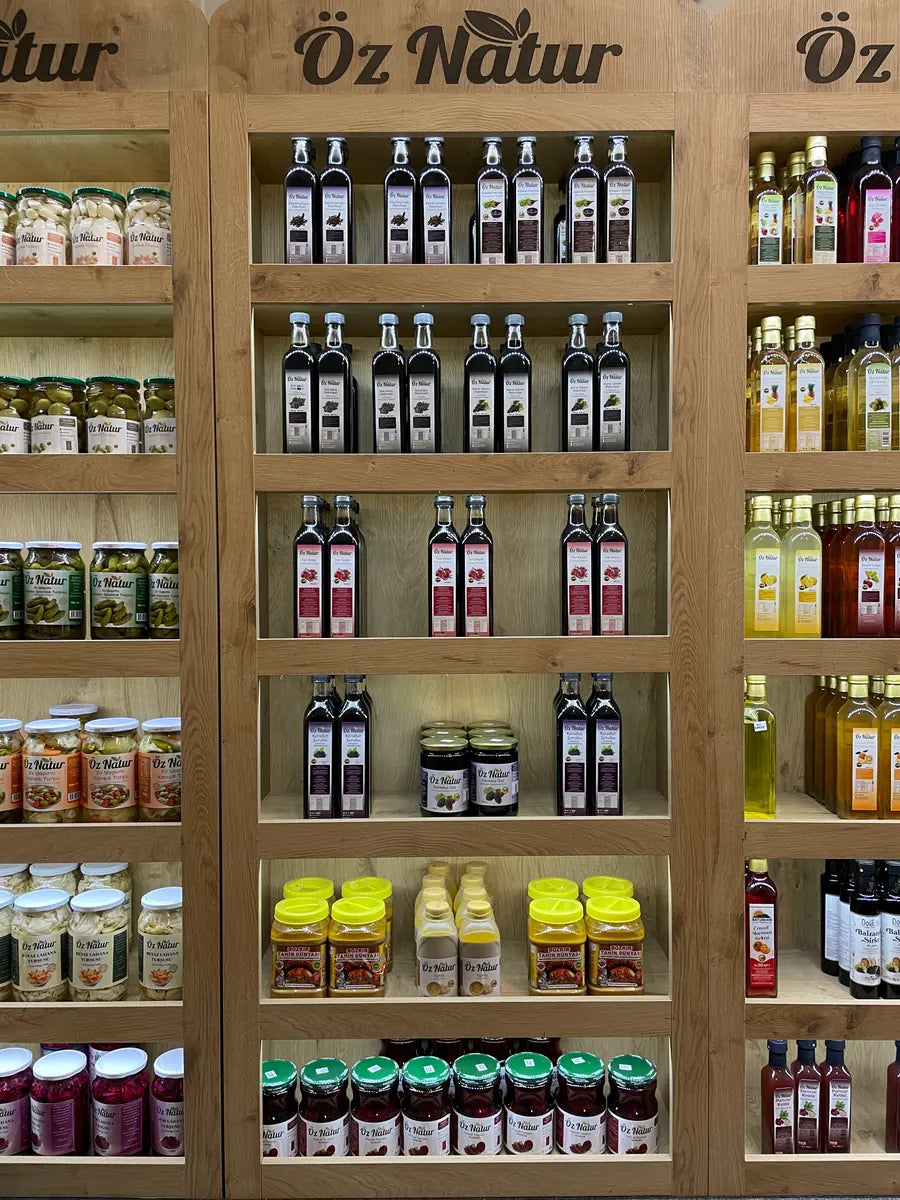About Olive Oil
Natural olive oil is one of the essential ingredients of Mediterranean cuisine. Known for its rich aroma, smooth texture, and versatility, it adds depth and balance to a wide range of dishes.
Main Characteristics of Olive Oil
Olive oil is particularly rich in monounsaturated fatty acids, making it one of the healthiest fats used in cooking. It enhances the flavor of meals and can be used in a variety of cooking techniques, from cold dressings to light sautéing.
Approximate Nutritional Values per 100 Grams of Olive Oil
-
Energy: 884 kcal
-
Total Fat: 100 g
-
Monounsaturated Fat: 73 g
-
Saturated Fat: 13 g
-
Polyunsaturated Fat: 10 g
-
Cholesterol: 0 mg
-
Vitamin E: 14 mg
-
Vitamin A: 1 µg
-
Vitamin K: 60 µg
-
Sodium: 2 mg
-
Potassium: 1 mg
-
Carbohydrates: 0 g
-
Protein: 0 g
How Should Olive Oil Be Consumed?
Pay Attention to Portion Size
Since olive oil is energy-dense, it should be used in moderation. Typically, 1–2 tablespoons per meal are sufficient to flavor dishes without excessive calorie intake.
Cold and Hot Uses
Olive oil can be used raw in salads or for light cooking. Because it may lose some of its nutritional properties at very high temperatures, it is best used at low to moderate heat.
Points to Consider When Choosing Olive Oil
When buying bottled olive oil, it’s important to check the label, including the origin, production date, and type (e.g., extra virgin or cold-pressed).
Where Is Olive Oil Used?
-
Salads: Mixed with lemon, vinegar, or spices to create fresh dressings.
-
Sauces: Serves as a base ingredient in many sauces, including pesto and pasta sauces.
-
Grilled Dishes: Used for marinating or finishing meats, vegetables, and fish.
-
Seafood: Complements the natural flavor of fish and shellfish.
-
Light Frying: Suitable for gentle frying, particularly with vegetables.
-
Olive Oil Dishes: A staple in legume and vegetable recipes common in Mediterranean cuisine.
-
Bread Dips: Combined with herbs and spices to create a savory breakfast or appetizer dip.


